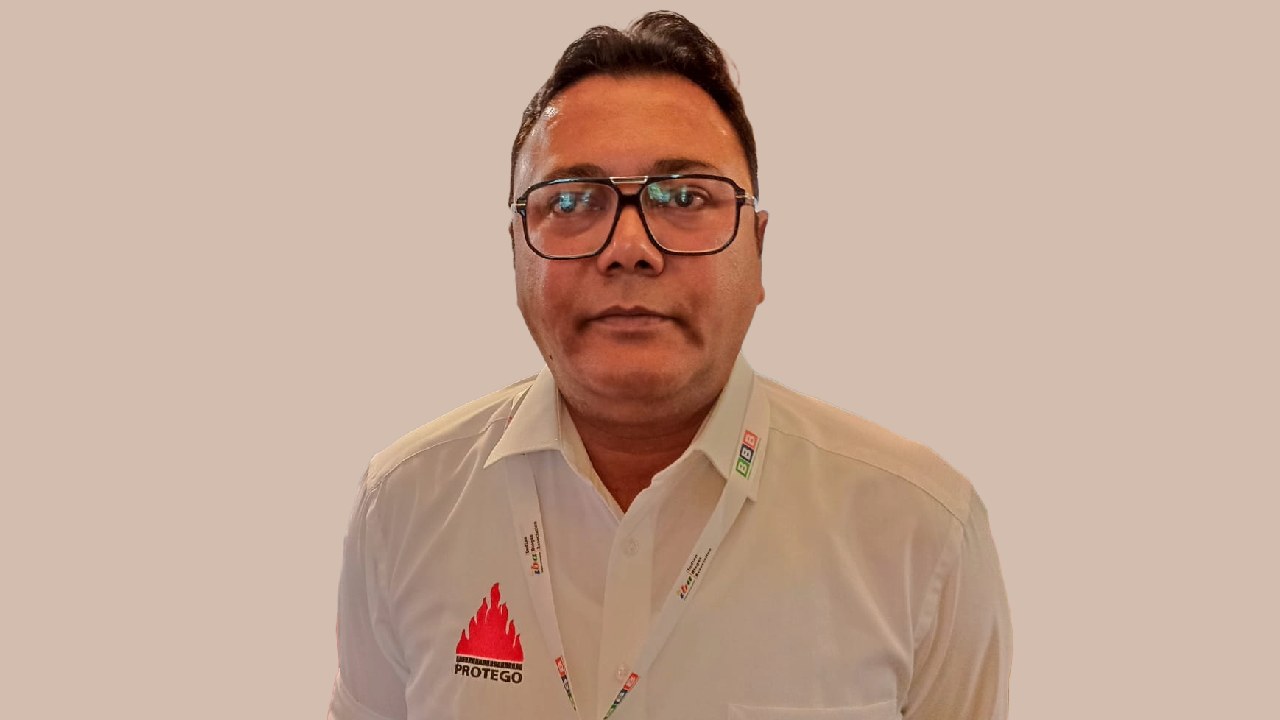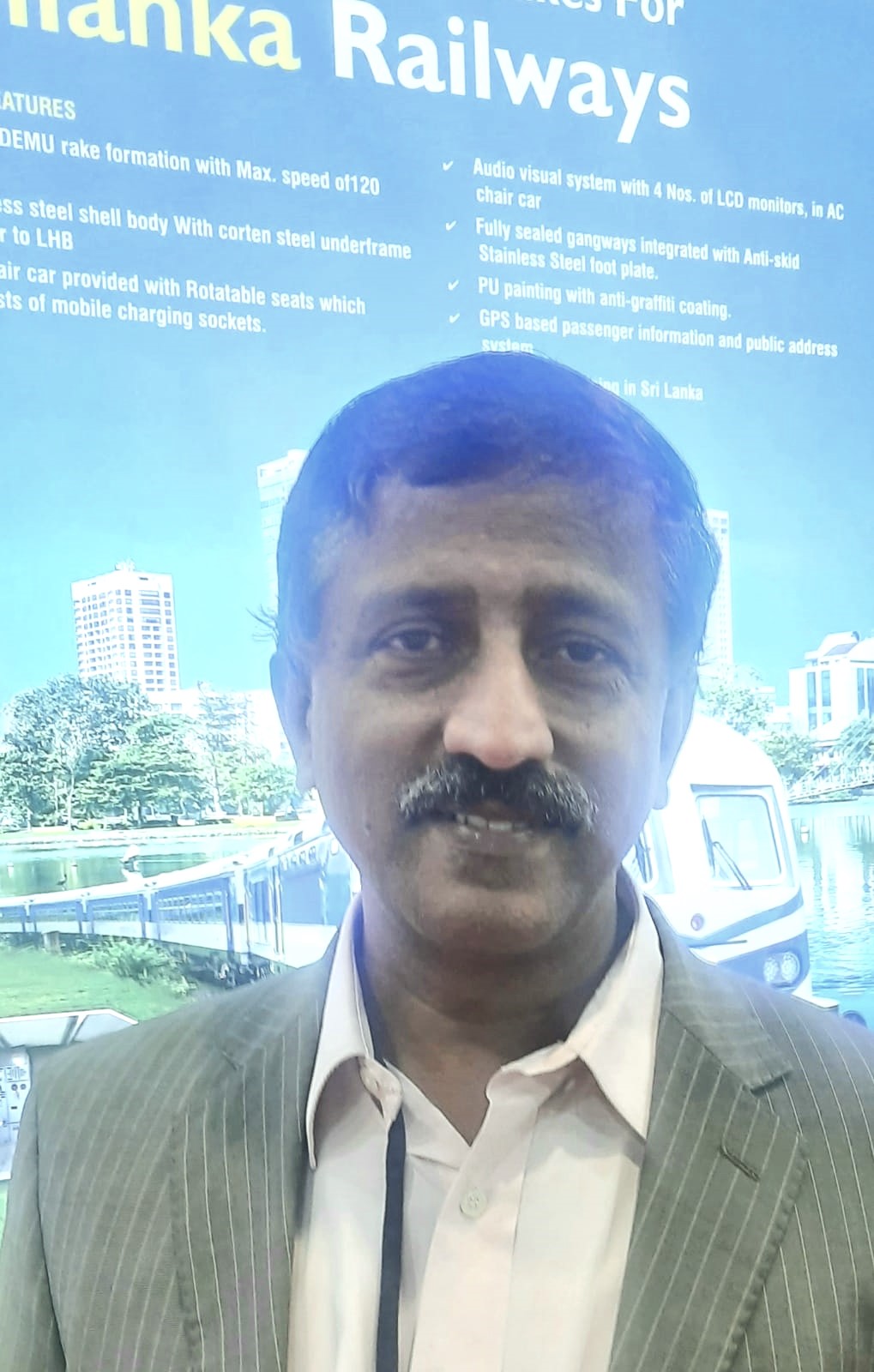The 1990s heralded an era of unprecedented expansion in India’s construction sector, marked by the advent of large-scale projects spanning the nation. During this transformative period, luminaries and visionaries—comprising architects, engineers, real estate magnates, project managers, and manufacturers—discerned an exigent need for a cohesive entity to elevate plumbing expertise and standards. This shared aspiration culminated in the inception of the Indian Plumbing Association (IPA), a non-governmental organization committed to promulgating avant-garde plumbing designs, products, global technologies, and exemplary practices.
In March 1993, the IPA was formally registered, a milestone achieved through the visionary endeavors of S. G. Deolalikar and a cadre of dedicated founders. They astutely identified the imperative to ameliorate the knowledge disparity within the industry, exerting relentless efforts to establish a platform conducive to professional collaboration and intellectual exchange.
The IPA expeditiously addressed a profound lacuna in the industry, galvanizing enthusiastic engagement from sector stakeholders. The association’s compelling mission engendered the creation of 24 chapters across India, each steered by an elected Executive Committee. These chapters collectively endeavor to augment the quality of plumbing infrastructure, epitomizing the association’s credo: “Better Plumbing for Better Living.”
The IPA stands as a paragon of the potency of volunteerism and collective endeavor. Its volunteers remain indefatigably committed to the enhancement of India’s plumbing standards, ensuring more secure and sustainable living environments for all.
In an illuminating exchange with The Interview World at the 3rd NAREDCO Mahi Convention, Gurmit Singh Arora, the National President of the Indian Plumbing Association, expounded upon the pivotal role of plumbing in the construction and real estate sectors. He eloquently dissected the transformative influence of technology on the industry, underscored the imperative for skill enhancement, and emphasized the paramount significance of water quality for human health. Here are the profound insights from his interview.
Q: What role does plumbing play in the construction industry?
A: Plumbing stands as an indispensable facet in every project—be it HIG, MIG, LIG, or for economically weaker sections. Water, a vital necessity for survival, hygiene, drinking, and bathing, underscores this imperative. Thus, every endeavor, whether constructing a police station, hospital, hotel, residential society, commercial center, metro station, or railway station, mandates robust plumbing infrastructure.
In tandem with urbanization burgeoning at 6.7% and the construction industry surpassing 20% growth, the plumbing sector mirrors this ascent, exceeding a formidable 25%. This burgeoning industry now commands a staggering $10 billion, testament to its expansive reach.
Beyond mere piping, plumbing encompasses critical elements such as water supply, drainage, rainwater harvesting, sewage treatment plants, water treatment plants, and effluent treatment plants. This all-encompassing domain, crucially vital to taps, fixture units, sanitary ware, tiles, and all amenities of kitchens and toilets, solidifies plumbing as a cornerstone of modern infrastructure.
In essence, plumbing emerges not merely as a technical necessity but as a vibrant and indispensable sector, driving forward the expansive realms of construction and urban development with unparalleled vigor and indispensability.
Q: What are the key ways in which technology is transforming the plumbing industry?
A: Technology is metamorphosing at a breathtaking pace. At contemporary airports, the ubiquity of sensor-operated taps is a testament to this progress. Despite an allotment of 135 liters of water per capita per diem, our profligate consumption often surpasses an astonishing 200 to 250 liters, largely due to the procurement of tanker water. Confronted with the looming specter of water scarcity, it has become imperative to curtail this consumption to a mere 50 liters daily. This ambitious target is attainable through the integration of low-flow fixtures, sensor-operated taps, and dual-flushing systems.
Consider the exemplars at modern airports: waterless urinals and those that deploy a parsimonious half-liter flush, obviating the wastage endemic to traditional faucets that discharge between 1 and 5 liters per activation. Through the adoption of low-flow sanitary ware, one can effectuate a reduction of approximately 50% in water usage. In the culinary sanctum, the installation of a modest aerator—procured with ease from Amazon for a trifling sum—can engender a 58% diminution in water consumption, all without impinging upon user convenience.
The advent of dual-flushing systems heralds another paradigm shift. Contemporary models proffer the option of a 1-liter flush for liquid waste and a 4.5-liter flush for solid waste, supplanting the archaic mechanisms that squandered 12 to 13 liters per flush. Embracing these avant-garde technologies enables us to conserve water with unparalleled efficacy.
Q: How will the skill level in the plumbing industry be affected?
A: The issue of skilling is a formidable challenge within our industry, primarily because many plumbers acquire their expertise informally through on-site learning. In our concerted effort to ameliorate this situation, we have forged a strategic partnership with the National Skill Development Corporation (NSDC) to institute a robust skilling initiative. We are currently in the throes of deploying a meticulously crafted course, in collaboration with the All India Council of Technical Education (AICTE), that is slated to be disseminated across 11,000 universities.
The comprehensive course material, which we have painstakingly authored, is presently under the scrutiny of AICTE for validation. Upon receiving their imprimatur, we will embark on an ambitious “train the trainer” program, aimed at equipping 22,000 professors with the requisite pedagogical acumen. These educators will then impart this mandatory curriculum within their academic institutions.
This meticulously designed course transcends the mere impartation of proper plumbing techniques; it is an enlightened foray into the realms of water conservation, reclamation, and judicious usage at the source. The graduates of this program will emerge as vanguards of sustainable water practices, vehemently opposing any form of profligacy in water consumption.
Q: What is the significance of water quality for maintaining health and hygiene?
A: Two days ago in Pune, I had the privilege of participating in a distinguished German VDMA panel discussion, during which a compelling observation was made: in Germany, plumbers command higher fees than medical doctors. This anomaly stems from the staggering fact that 70% of communicable diseases arise from substandard water quality. Devastating illnesses such as cholera, typhoid, and diarrhea claim the lives of 3,000 children every day—a death toll that eclipses the casualties of the Ukraine-Russia and Gaza-Israel conflicts combined.
In response to this dire predicament, visionary initiatives such as AMRUT and the Jal Jeevan Mission have been inaugurated. AMRUT aspires to furnish an uninterrupted 24×7 water supply to 4,902 cities, whereas the Jal Jeevan Mission pledges to deliver 55 liters of pristine water per capita to every villager daily. This strategic intervention will preclude villagers from resorting to contaminated sources like rivers and lakes, which perpetuate a vicious cycle of illness. By ensuring access to clean tap water and achieving the objectives of the open defecation-free program, I am unequivocally confident that we can effectuate a substantial reduction in the nation’s medical expenditures.








